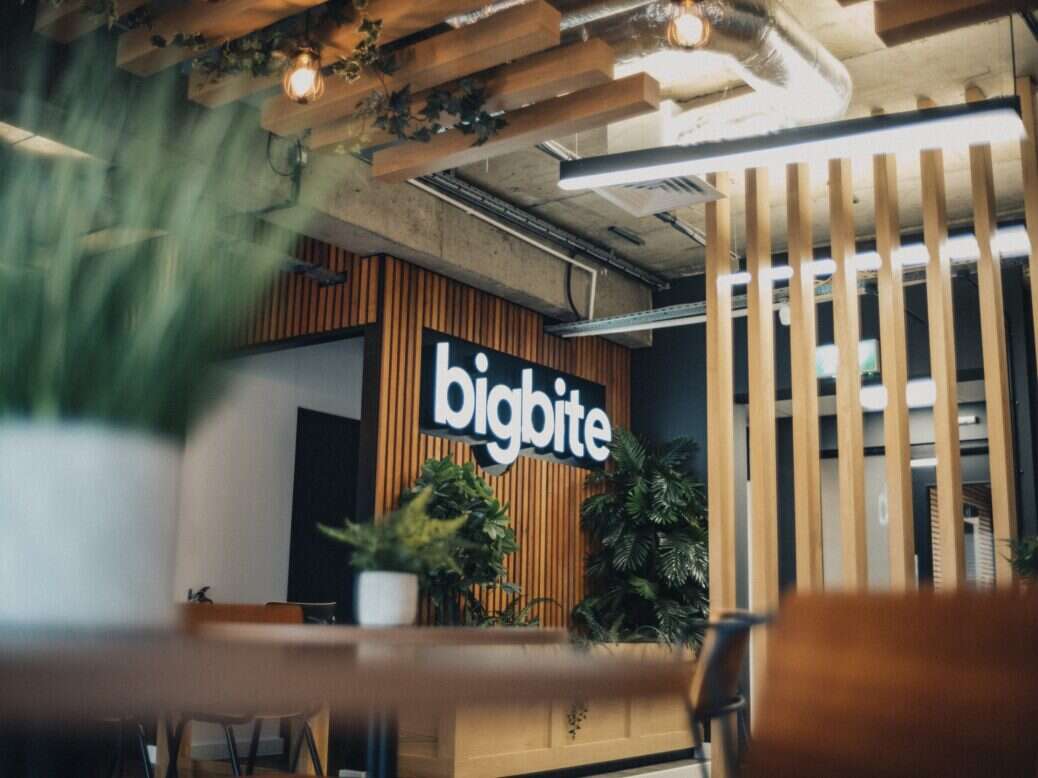
*Partner content. Back when newspapers first toyed with the notion of producing online content, comprehensive digital publishing tools weren’t yet widely available, which forced many organisations to develop bespoke content management systems.
Today the software landscape looks very different, and a tremendous array of high quality SaaS products and platforms are now available, including industry giant WordPress which has evolved into the leading choice for news websites across the world.
Despite the wide availability of such solutions, the decision of whether to build or buy is still a frequently debated topic across many sectors, including publishing. It can be even more difficult to determine whether it’s time to cut and run on an existing bespoke system, however by giving careful consideration to the requirements, resources and risks, the answer is usually pretty straightforward.
Requirements
Before embarking on any digital transformation project, it’s essential to be clear on what it needs to achieve, and how it’s going to succeed. An exploration of a system’s requirements should cover everything from monetisation strategies to end user expectations, and include input from every stakeholder group – not just decision-makers – to ensure that all must-have features are identified and prioritised.
Until you can answer fundamental questions on how your teams need to be able to create, collaborate and publish to meet your strategic goals, it’s impossible to determine whether an off-the-shelf solution can largely give you the functionality you need, or if a bespoke build or extension is the only option.
“Ultimately the build or buy question is one which every publisher will face at some point in their decision-making process,” said digital media consultant Martin Ashplant, who has overseen CMS migrations at Metro, City A.M and the New Statesman Media Group among others.
“What option they choose will come down to multiple considerations, not least cost, availability of technology talent and required time to market. But publishers should always be clear on what their core value to their audiences is – and not get distracted by trying to build something new if it won’t significantly boost this value and there are suitable alternatives available to buy instead.”
Resources
Cost is always a major factor, and it can be easy to underestimate the full resource requirements for building a CMS, particularly within an organisation that has little experience in software development. It’s also crucial to recognise that a CMS isn’t a ‘one and done’ build, and in addition to ongoing support it will need to be regularly updated to accommodate evolving editorial needs, audience expectations, browser releases, system compatibility issues, search engine changes, corporate rebrands, strategic shifts, and legislation amendments.
This means that as well as sourcing tech talent – which is increasingly difficult due to global demand – an entire product function needs to be established, which can include product owners, project managers, quality assurance testers, UX designers, and system administrators as well as developers.
The financial consequences alone often persuade most organisations to simply appoint an agency and utilise an existing product rather than essentially create both from scratch, and while it’s still necessary to have employees in place who are responsible for managing the vendor relationship, outsourcing ensures that organisations can focus on publishing rather than engineering.
Risks
Mitigation plans are vital regardless of whether you’re looking to build or buy, and by outlining what actions are needed if things go wrong, you’ll get a much clearer picture on which route is realistic for your business.
For an in-house development, plot out what happens in the event of a major software/hardware failure or staff shortage, and assess how quickly new functionality can be developed or existing software can be upgraded to ensure your product is competitive and free from technical debt. Also be aware of how long it may take to recruit and onboard employees onto a bespoke system and codebase, and how that may impact deadlines and departments across your organisation.
If appointing an external agency to implement or utilise an existing platform or product, have a firm backup plan in case it shuts up shop and make certain that necessary protection and assurances are in place to avoid service disruption. You should also be confident of the stability and longevity of the chosen software, as flash-in-the-pan solutions can be costly to replace.
“While there’s no definitive answer as to whether build or buy is the right route for an organisation, for those in the publishing space it’s evident that investing in a bespoke solution is unlikely to deliver enough value to outweigh the extraordinary amount of time, effort and finance required to build and maintain it.” Big Bite’s CEO Iain McPherson explains.
“Choosing to upgrade an existing bespoke system in an attempt to bolster or modernise its functionality can also be problematic, as archaic interfaces and aged code are often impossible to adapt and improve at the levels required for an enterprise organisation.”
Although the outlay costs of getting set up on an off-the-shelf system may sometimes be high initially, in the longer term relying on a tried and tested product usually delivers significant savings, and with the right technical partner to extend its capabilities, it can offer just as much creative control, without any of the software production headaches.
*This article was published in association with Press Gazette commercial partner Big Bite. To find out more, contact Big Bite at hello@bigbite.net or visit their website today.
Email pged@pressgazette.co.uk to point out mistakes, provide story tips or send in a letter for publication on our "Letters Page" blog
